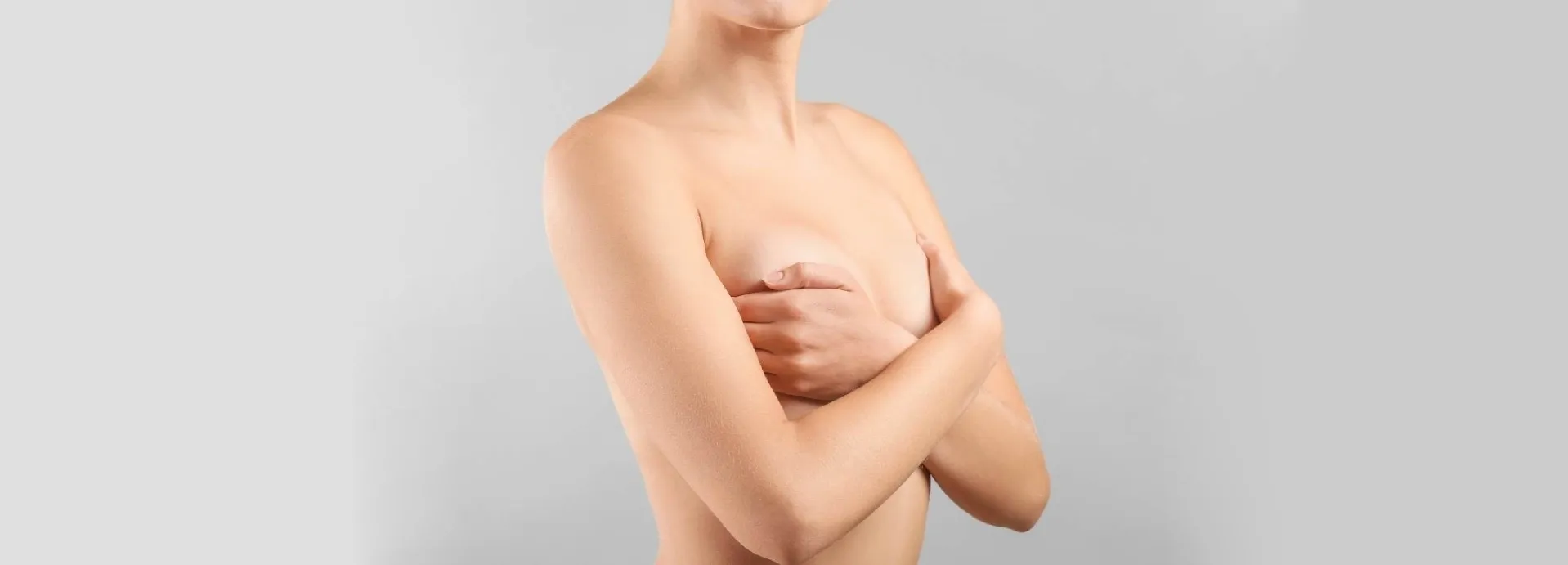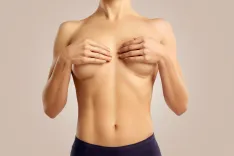Inverted nipples: causes, symptoms, and solutionsinverted-nipples
Inverted nipples are a condition more common than people believe. Although many people feel insecure or ashamed about it, it is important to know that it can be treated in a simple and effective way. Inverted nipples are a condition more common than people believe. Although many people feel insecure or ashamed about it, it is important to know that it can be treated in a simple and effective way. We will explain clearly what inverted nipples are, their causes, how they are diagnosed, and when it is recommended to consult a doctor. Also, we will talk to you about the treatments available to correct them and recover your confidence.
What are inverted nipples?
An inverted nipple is one that, instead of projecting outward, is retracted inward or at the level of the areola. This condition can affect one or both nipples and can be present from birth or develop over time.
What degrees of nipple inversion exist?
- Grade 1: The nipple can come out with stimulus or friction.
- Grade 2: Comes out with effort, but quickly retracts again.
- Grade 3: Is completely retracted and cannot come out naturally.
Causes of inverted nipple
- Nipple inversion can have various causes, some congenital (from birth) and others acquired over time:
- Congenital malformation: Some people are born with shorter milk ducts (those that carry milk) or with muscle fibers that retract the nipple.
- Hormonal changes: During puberty, pregnancy, or breastfeeding, it can affect the shape of the nipple.
- Aging: Loss of elasticity in the skin and changes in breast tissue with age.
- Scars: From previous surgeries, traumas, or infections.
- Medical conditions: Such as mastitis, tumors, or inflammatory diseases.
Treatments available for inverted nipple
Nowadays, there are safe and effective solutions to correct inverted nipples. The choice of treatment depends on the degree of inversion and the patient’s expectations.
- Exercises and suction devices: Especially indicated in mild degrees (1 or 2). These devices apply a light suction on the nipple, helping it to come out over time.
- Corrective surgery: For severe degrees or when conservative treatments do not work. A small incision is made at the base of the nipple to release the ducts and allow it to project outward.
-Outpatient procedure
-Definitive results
-Minimal scars
3. Aesthetic surgery with local anesthesia
In specialized clinics like EGOS clinic, a quick and effective surgical treatment is offered, with natural results and without hospitalization. Ideal for those who wish to improve the aesthetics of the breast in a safe way.
When to go to a specialist?
Going to a specialist is fundamental when the inverted nipple affects your quality of life, your self-esteem, or your physical well-being. You should not wait for the problem to worsen or to feel emotionally uncomfortable to seek help.
Consult a doctor if:
- The nipple inversion appears suddenly or in adulthood.
- You notice visible changes in the skin, discharge, pain, or redness.
- It prevents you from breastfeeding properly.
- You feel shame or insecurity that affects your personal confidence or your relationships.
- You have tried home treatments without results.
A specialist in aesthetic medicine or breast surgery will not only give you an accurate diagnosis but will offer you a personalized and safe treatment plan. Remember:
Treating inverted nipples is not only an aesthetic decision, it can also have a direct impact on your emotional and physical health. Dr. Elvira
Frequently asked questions
Can inverted nipples be corrected without surgery?
Yes, in mild cases, exercises and suction devices can be effective. However, in more severe degrees, surgery is usually the best option.
Can I breastfeed after correcting an inverted nipple?
It depends on the type of procedure. In some cases, the milk ducts can be preserved to allow breastfeeding. It is important to discuss this with your doctor before surgery.
Are the results permanent?
In most cases, yes. Especially when an adequate surgical intervention is performed. Follow-up with the specialist is key to maintaining the results.
Does nipple correction leave scars?
The scars are minimal and are usually well concealed at the base of the nipple. With proper care, they become almost imperceptible.


